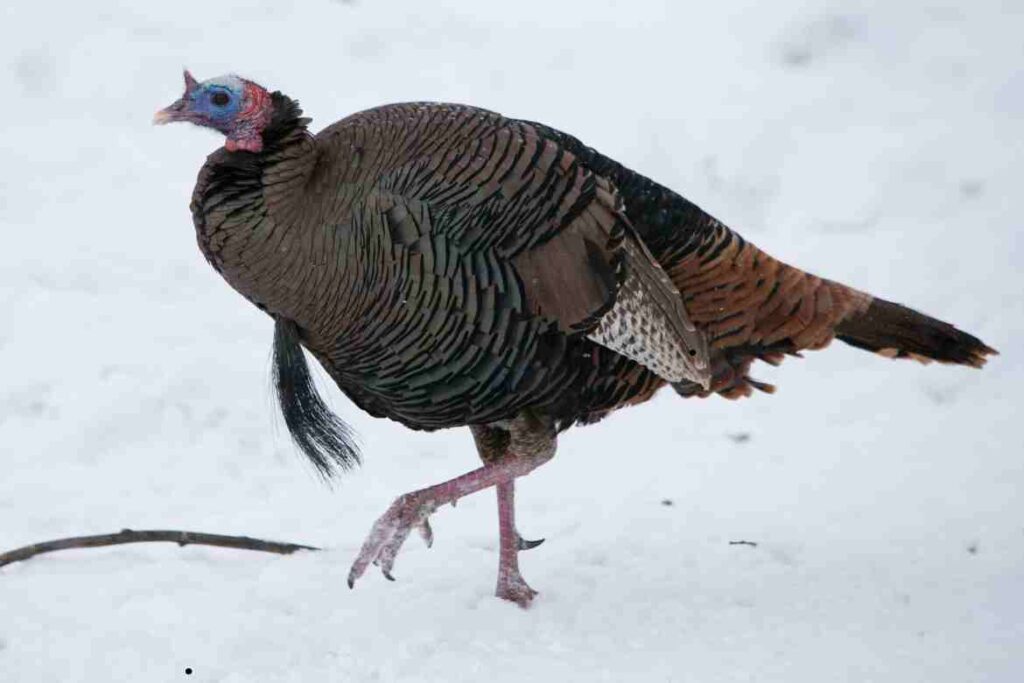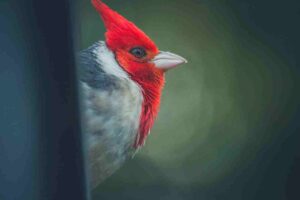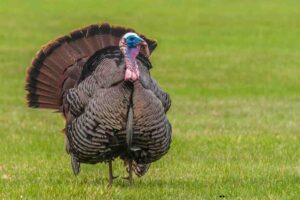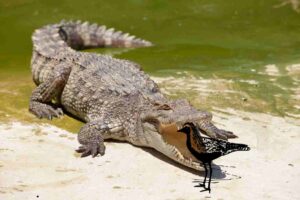Are birds mammals? As often questioned while discussing the animal kingdom, birds and mammals are somehow similar; however, they belong to two distinct categories with completely different biological features. What is a bird, then? Or how do these animals compare and contrast when talking about the differences between mammals and birds?. In this article, we will tell you whether birds are considered mammals, the differences these two groups have, and what makes them so peculiar.
What Makes Mammals and Birds Different?

To find out whether the birds are mammals, it is first important to distinguish the characteristics of mammals from those of birds. Mammals are warm-blooded animals with some characteristic features, such as hair or fur, giving birth to live young except for a few, and mammary glands that nourish their young. Mammary glands produce milk, which is the main source of nourishment for mammalian young. This characteristic alone differentiates mammals from birds. Birds are warm-blooded animals, but they have feathers, lay eggs, and do not have mammary glands. Bird chicks are fed either by regurgitation or by some other method specific to the species instead of milk.
EXplore more about bird diet: Stained Glass Birds: Bring Beauty and Art to Your Space
Do Birds Have Mammary Glands?
Birds do not have mammary glands, one of the major distinctions between mammals and birds. Mammary glands are a feature that exists only in mammals, which are responsible for the production of milk for the nourishment of their young. This is one of the key features that define mammals. Birds do not possess mammary glands and have no milk. Birds produce their food to their kids in different ways, one of which is regurgitation or presenting pre-digested food. So, it will be evident that birds cannot be mammals as they do not possess this essential mammalian feature.
EXplore more about bird diet: roger tory peterson print horned owl?
Are Birds a Mammal?
The question of whether birds are mammals can be answered with a “no” in the most definitive way. Although mammals and birds share some similarities, such as being warm-blooded and having a backbone, they are fundamentally different. The main distinction lies in the absence of mammary glands in birds, as well as their reproductive strategies. Mammals deliver live offspring (apart from monotremes, which lay eggs), whereas birds lay eggs with hard shells that hatch after incubation. Another characteristic that makes birds different from mammals is feathers.
Mammals vs Birds: Differences
There are a number of differences that separate mammals vs birds when compared to each other:
- Feathers vs Hair/Fur: One of the most obvious differences is that birds have feathers, while mammals have hair or fur. Feathers help birds with flight, insulation, and display.
- Reproduction: Mammals generally give birth to live young (with the exception of monotremes like the platypus, which lay eggs). Birds, however, lay eggs that need to be incubated until they hatch.
- Mammary Glands: Mammals have mammary glands that enable them to feed their young, whereas birds do not have such glands.
- Flight: Many birds are capable of flying. Mammals can’t fly, except bats, which are mammals. Birds have special wings and bodies that are lighter, and they can fly. That is not a characteristic found in mammals.
- Respiration: Birds have a different system of respiration. There are air sacs within the birds that enable a bird to breathe more easily, especially when flying. Mammals, by contrast, have a diaphragm to assist them in breathing.
Why Birds Are Not Mammals
It is important to note the reason why birds are not mammals. Although they superficially resemble each other—a warm-blooded vertebrate, for instance—both birds and mammals belong in different classes: Aves for birds and Mammalia for mammals. There was a divergence of pathways between these two groups way back millions of years. While mammals evolved from reptiles, birds evolved from some theropod dinosaurs. The differences in physiology and reproduction and feeding habits are enough to divide birds and mammals into different families.
Understanding the Relationship Between Mammals and Birds
Though mammals and birds are different categories, there are some crucial similarities: they are warm-blooded, have backbones, and belong to the vertebrate category in general. They are two highly developed animals, each in its own environment. Both these animals have developed highly sophisticated forms of communication, very complex social structures, and a wide range of species in different ecosystems.
Conclusion: Are Birds Mammals?
Therefore, birds are not mammals. The mammal and the bird may have overlapping characteristics; however, some are greatly different and put the two classes far apart. There are mammary glands, for instance, but also laying eggs, along with their feathers. Therefore, it can be stated that birds have a specific classification within the lives. Understanding the differences between mammals vs birds helps to realize the diversity of the animal kingdom and the specific adaptations that enable these animals to survive in their own worlds.








